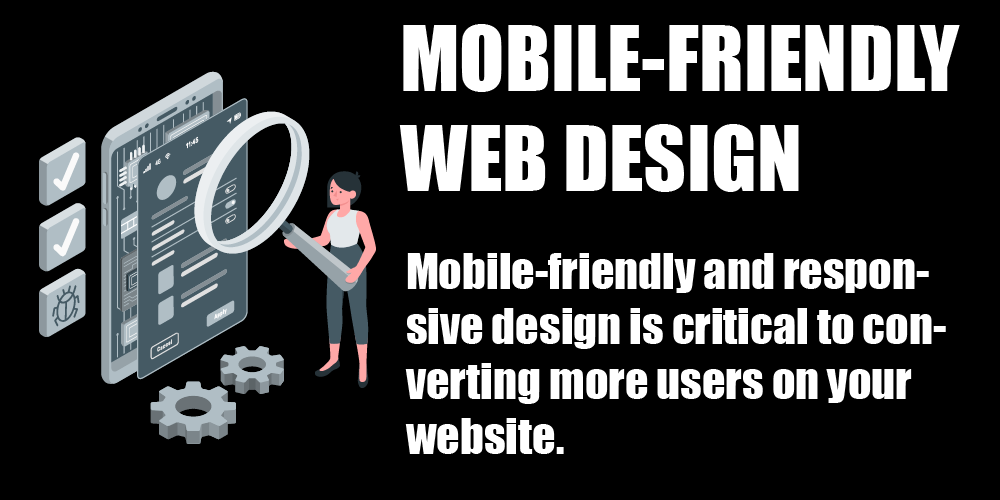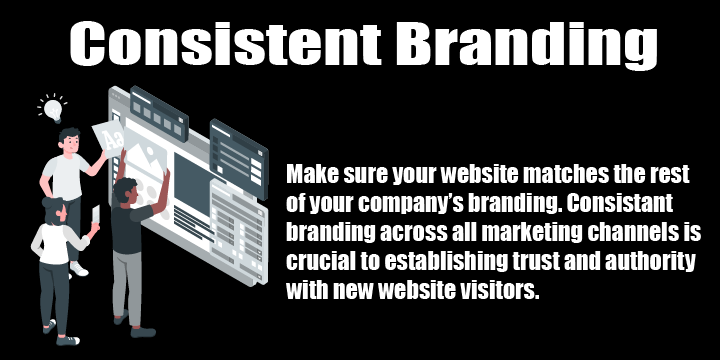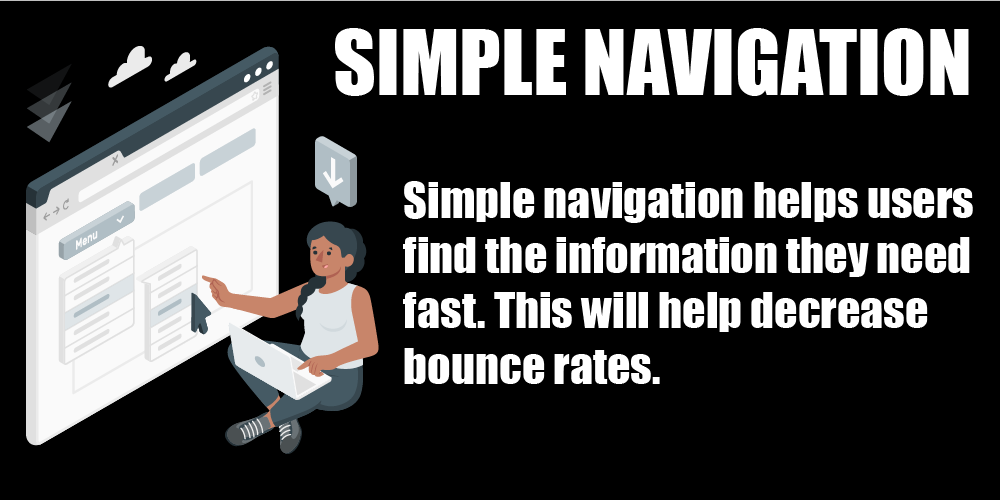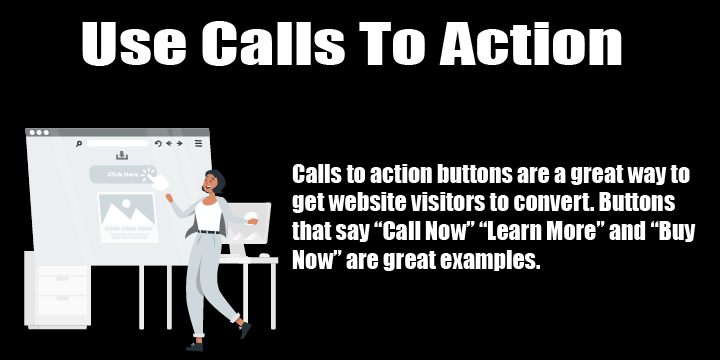In the rapidly evolving digital landscape, the importance of a well-designed website cannot be overstated. Not only does it serve as the digital face of your brand, but it also plays a critical role in user engagement, conversion rates, and ultimately, the success of your online presence. To navigate this intricate web of user expectations and technological advancements, there are five fundamental web design best practices that stand out as non-negotiable for any business looking to make its mark online. These are Mobile-Friendly Web Design, Consistent Branding, Simple Navigation, Utilization of Photos and Videos, and Strong Calls to Action. Let’s dive into each of these areas to uncover how they contribute to a successful website.
1. Mobile-Friendly Web Design

In an age where smartphones are ubiquitous, a mobile-friendly website is not just an option; it’s a necessity. Statistics continue to show a steady increase in mobile internet usage, outpacing desktop usage in many parts of the world. This shift in browsing habits means that websites must be optimized for mobile devices to ensure a seamless user experience. Mobile-friendly design encompasses a range of considerations, from responsive layouts that adapt to various screen sizes and orientations to touch-friendly navigation elements and fast loading times. Google’s mobile-first indexing further underscores the importance of this practice, as it prioritizes mobile-optimized sites in search results, affecting your site’s visibility and traffic.
2. Keeping Branding Consistent on Your Website

Your website is a powerful tool for building your brand identity and establishing trust with your audience. Consistent branding across all pages of your site helps to create a cohesive and memorable experience for users. This includes the use of consistent logos, color schemes, typography, and messaging that aligns with your brand’s personality and values. Consistency in branding not only reinforces your brand identity but also enhances the professional appearance of your website, making it more credible and trustworthy to visitors.
3. Simple Navigation

The ease with which users can navigate your website directly impacts their experience and, by extension, their perception of your brand. A website with a clear, intuitive navigation structure allows users to find the information they need without frustration, reducing bounce rates and encouraging deeper engagement with your content. Best practices for simple navigation include a well-organized menu structure, a logical flow of content, and the inclusion of a search function to facilitate quick access to specific information. Simplifying the path to important information or actions, such as contact forms or product pages, ensures that users have a positive experience on your site.
4. Using Photos and Videos

Visual content plays a pivotal role in web design, offering a dynamic way to engage users and convey information in an easily digestible format. High-quality photos and videos can capture the attention of visitors, evoke emotions, and effectively communicate your message or showcase your products and services. However, it’s crucial to use visual content judiciously to avoid overwhelming users or slowing down your site. Optimizing images and videos for web use, including proper sizing and compression, ensures that your site remains visually appealing without compromising on performance.
5. Strong Calls to Action

A call to action (CTA) is a vital element of web design that guides users towards your desired outcome, whether it’s making a purchase, signing up for a newsletter, or contacting your team. Effective CTAs are clear, concise, and compelling, standing out visually on the page and clearly indicating the action you want the user to take. The strategic placement of CTAs, along with persuasive language and design elements that draw attention, can significantly increase conversion rates. Testing different CTA designs and placements can help identify what works best for engaging your audience and achieving your business objectives.
